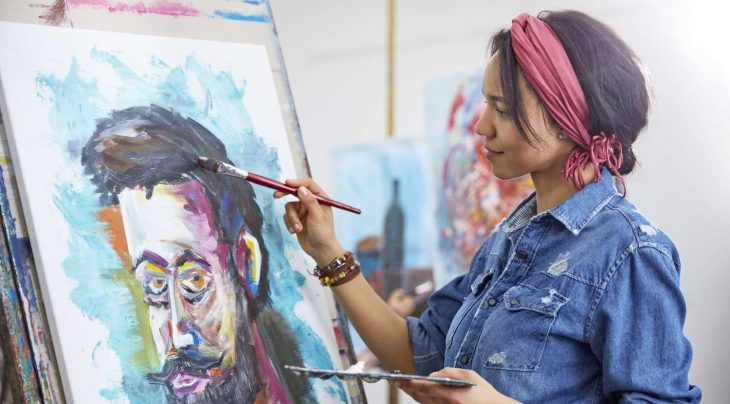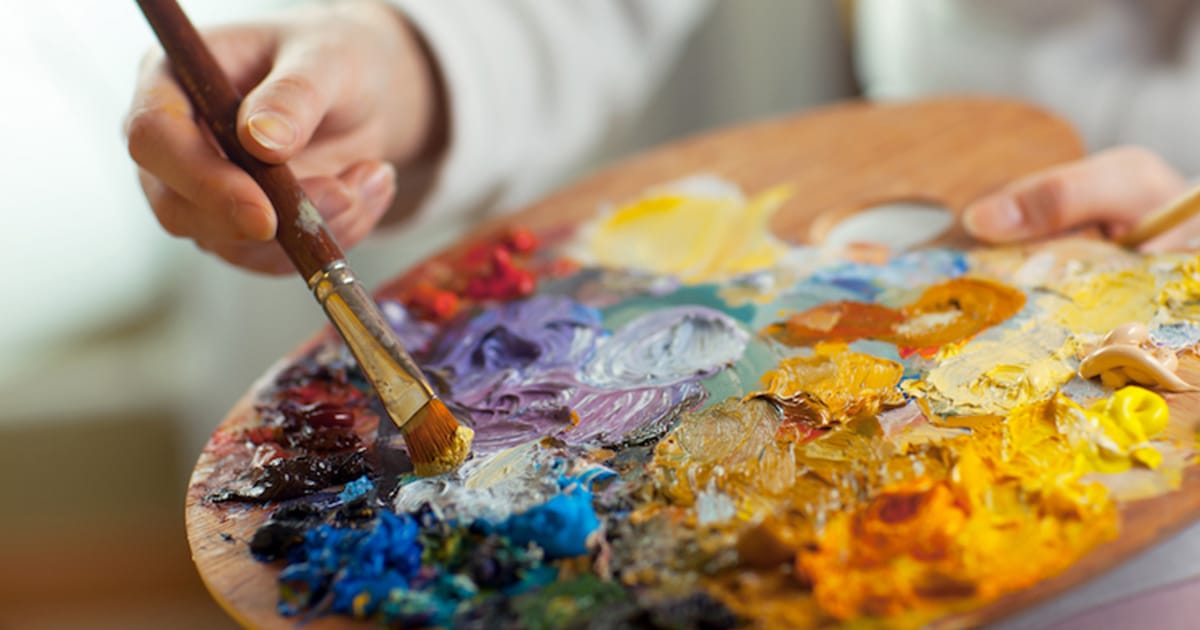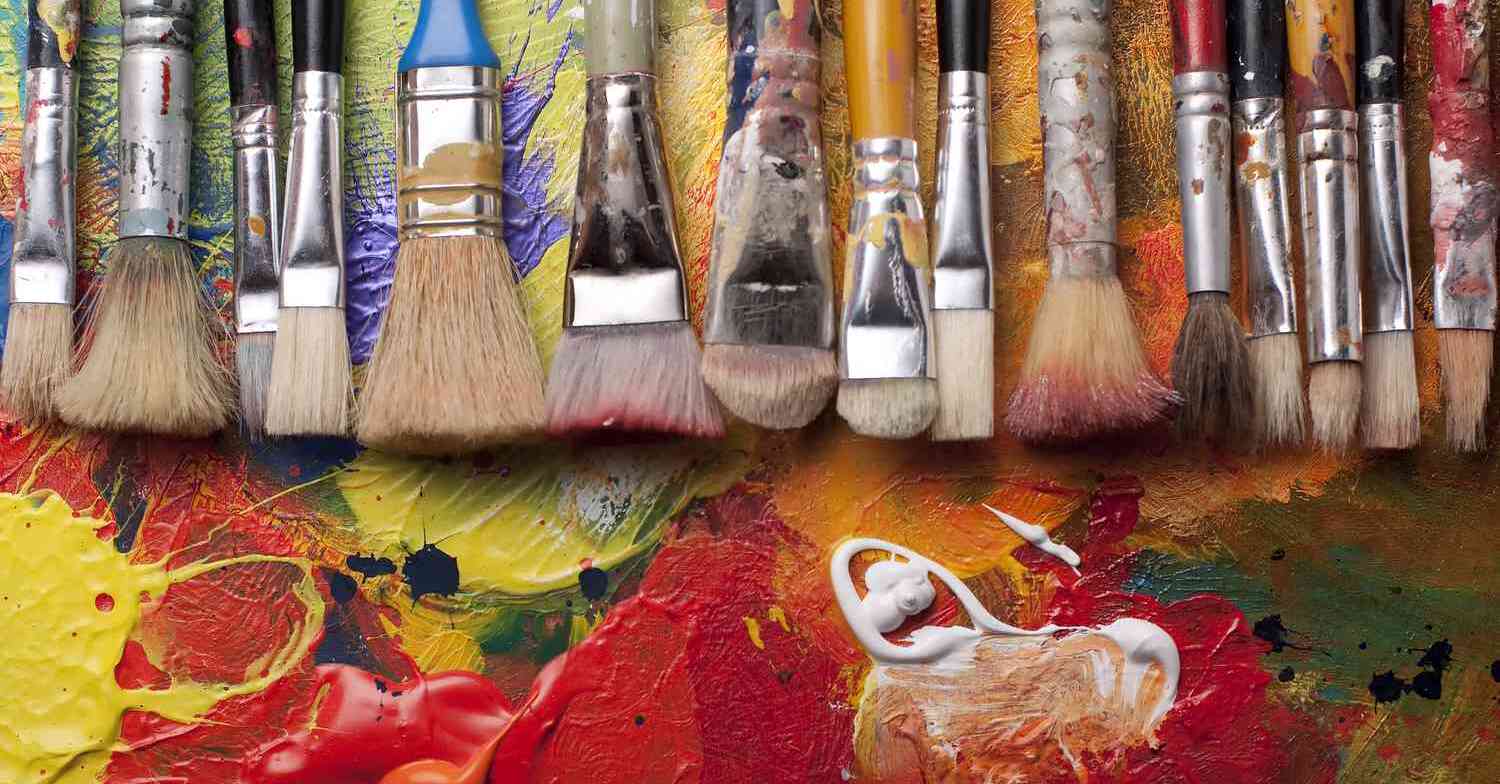
In the vast realm of art, painting stands as one of the most prominent and cherished forms of creative expression. From ancient cave paintings to modern masterpieces, paintings have captured the imagination and emotions of individuals throughout history. Let’s delve into the world of painting and uncover 20 fascinating facts that shed light on its captivating nature.
The Oldest Known Paintings
Painting has an extensive history dating back thousands of years. The oldest known paintings were discovered in caves in Indonesia and Spain and are estimated to be over 40,000 years old. These remarkable artworks provide insights into the early artistic endeavors of our ancestors.
Diverse Painting Techniques
Throughout history, artists have employed various techniques to create their masterpieces. From the meticulous brushwork of the Renaissance to the bold strokes of Impressionism, each era and artist has developed its unique approach to painting, showcasing the versatility and innovation of this art form.
The Mona Lisa Mystery
Leonardo da Vinci’s Mona Lisa is perhaps the most famous painting in the world. Its enigmatic smile has captivated audiences for centuries. Despite extensive research and analysis, the identity of the subject and the reason behind her mysterious smile continue to be a subject of debate and fascination.
The Paint Palette’s Evolution
The paint palette, a crucial tool for painters, has evolved over time. Initially, artists used natural materials such as shells or stones to mix pigments. In the 18th century, wooden palettes became popular, while today, artists often prefer lightweight and easy-to-clean plastic palettes.

The Invention of Oil Painting
The development of oil painting revolutionized the art world. Artists such as Jan van Eyck and Titian pioneered the use of oil-based pigments, allowing for greater depth, texture, and richness of color in their artworks. This technique became widely adopted and remains a popular choice among painters today.
The Persistence of Memory
Salvador Dalí’s “The Persistence of Memory” is an iconic surrealist painting featuring melting clocks. It is considered one of the most recognizable and thought-provoking artworks of the 20th century, challenging conventional notions of time and reality.
The Birth of Impressionism
Impressionism, a groundbreaking art movement, emerged in the 19th century. Artists such as Claude Monet and Pierre-Auguste Renoir sought to capture the fleeting effects of light and color in their paintings, often employing loose brushstrokes and vibrant palettes. This movement marked a departure from traditional, detailed techniques.
The Ceiling of the Sistine Chapel
Michelangelo’s awe-inspiring frescoes on the ceiling of the Sistine Chapel in Vatican City are considered one of the greatest achievements in Western art. The masterpiece depicts various biblical scenes and figures, including the iconic “Creation of Adam.”

The Power of Abstract Expressionism
Abstract Expressionism, a significant art movement in the mid-20th century, emphasized spontaneous and subconscious creativity. Artists such as Jackson Pollock and Mark Rothko utilized non-representational forms and bold gestures, evoking powerful emotions and personal interpretations from viewers.
The World’s Most Expensive Painting
The title of the world’s most expensive painting belongs to Leonardo da Vinci’s “Salvator Mundi.” Sold for a staggering $450 million in 2017, this masterpiece showcases the enduring value and prestige associated with remarkable works of art.
The Diversity of Art Styles
Painting encompasses an array of styles, each with its own distinct characteristics. From Realism to Cubism, Surrealism to Abstract, artists have embraced diverse styles to convey their ideas and emotions, showcasing the boundless possibilities of artistic expression.
The Role of Color Theory
Color theory plays a crucial role in painting. Artists study the properties of colors, such as hue, value, and saturation, to create harmonious and visually striking compositions. Understanding color relationships enables artists to evoke specific moods and emotions in their artworks.

The Portable Paint Tube
Before the invention of the portable paint tube in the 19th century, artists had to mix their pigments manually, making painting outdoors a challenging endeavor. The advent of the paint tube revolutionized the art world, enabling artists to work in plein air and capture the fleeting beauty of nature.
The Influence of Japanese Art
Japanese art, particularly the woodblock prints of ukiyo-e, had a profound impact on Western painters during the 19th century. Artists like Vincent van Gogh and Claude Monet drew inspiration from the flat compositions, bold lines, and vibrant colors found in these prints, leading to the development of new artistic movements.
The Concept of Vanishing Point
Perspective, including the concept of a vanishing point, plays a crucial role in creating a sense of depth and realism in paintings. Artists use this technique to create the illusion of three-dimensional space on a two-dimensional surface, enhancing the immersive experience for viewers.
The Art of Plein Air Painting
Plein air painting, a practice popularized in the 19th century, involves painting outdoors, directly in front of the subject. This approach allows artists to capture the changing light, atmosphere, and nuances of their surroundings, resulting in vibrant and spontaneous artworks.
The Psychological Effects of Color
Colors have a profound impact on our emotions and psychological state. Artists often utilize this knowledge to convey specific messages and create certain atmospheres in their paintings. For example, warm colors like red and yellow can evoke feelings of energy and passion, while cool colors like blue and green can create a sense of calm and tranquility.
The Beauty of Still Life
Still-life painting has a rich history and offers artists a unique opportunity to explore the beauty of everyday objects. By carefully arranging and illuminating items such as fruits, flowers, or utensils, artists can create visually captivating compositions that celebrate the ordinary.

The Importance of Underpainting
Underpainting refers to the initial layer of paint applied to a canvas before adding details and colors. It serves as a foundation, establishing the values, tones, and overall composition of the artwork. Artists use underpainting techniques such as grisaille or imprimatura to achieve depth and enhance the final result.
The Limitless Potential of Painting
Painting continues to evolve and push boundaries, offering artists limitless possibilities for self-expression and exploration. From traditional techniques to innovative approaches, painting remains a dynamic art form that captures the essence of our world and expands the horizons of our imagination.
Conclusion
Painting, with its rich history and diverse techniques, stands as a testament to human creativity and expression. From the oldest known cave paintings to contemporary masterpieces, each stroke of the brush reveals the artist’s unique vision and the profound impact of visual art on our lives.
Frequently Asked Questions (FAQs)
Who is considered the greatest painter of all time?
There is no definitive answer to this question, as artistic greatness is subjective. However, renowned painters such as Leonardo da Vinci, Michelangelo, and Vincent van Gogh are often considered among the greatest in history.
What is the purpose of abstract painting?
Abstract painting aims to express emotions, concepts, or ideas using non-representational forms and colors. It allows artists to break free from literal depictions and encourages viewers to interpret the artwork in their own unique way.
How long does it take to complete a painting?
The time it takes to complete a painting varies greatly depending on factors such as size, complexity, and the artist’s preferred technique. Some artworks may be finished in a few hours, while others may take weeks, months, or even years to reach completion.
Can anyone become a painter?
Yes, anyone can become a painter with dedication, practice, and a passion for the art form. While some individuals may have a natural talent or inclination for painting, the skills can be learned and honed over time through education, experimentation, and perseverance.
How do I care for and preserve a painting?
To care for and preserve a painting, it is important to handle it with clean hands or gloves, avoid direct sunlight or extreme humidity, and display it in a well-ventilated area. Regular dusting with a soft brush and professional conservation if needed can also help maintain the artwork’s longevity.
Was this page helpful?
Our commitment to delivering trustworthy and engaging content is at the heart of what we do. Each fact on our site is contributed by real users like you, bringing a wealth of diverse insights and information. To ensure the highest standards of accuracy and reliability, our dedicated editors meticulously review each submission. This process guarantees that the facts we share are not only fascinating but also credible. Trust in our commitment to quality and authenticity as you explore and learn with us.
